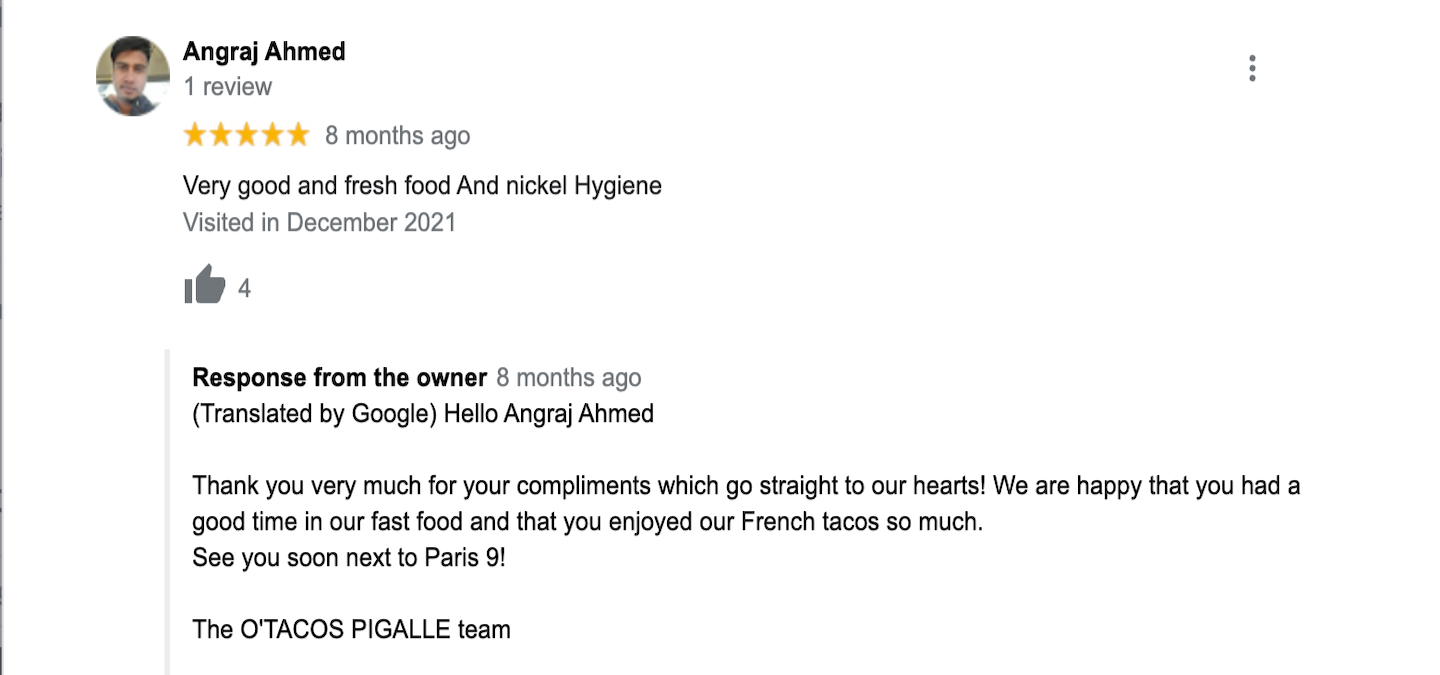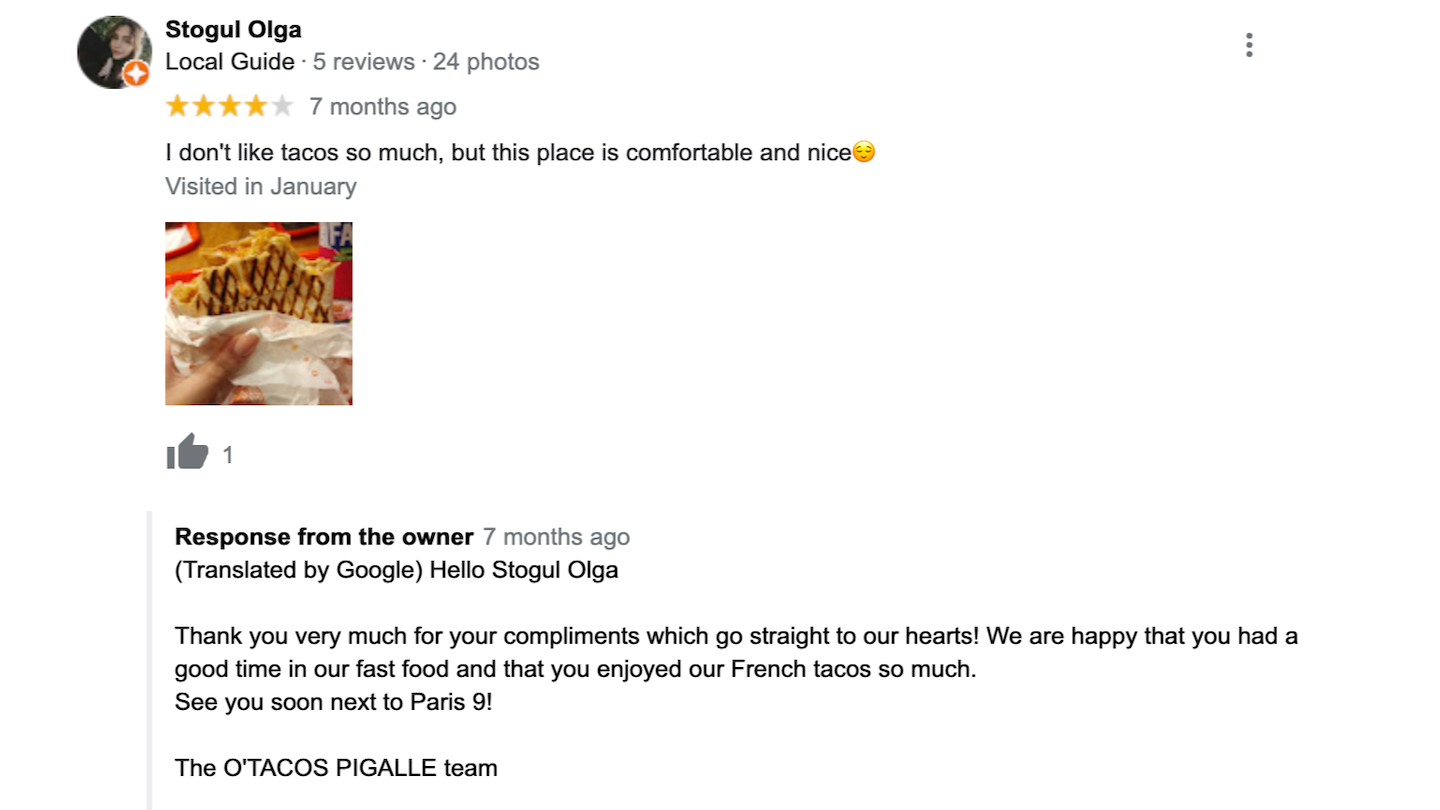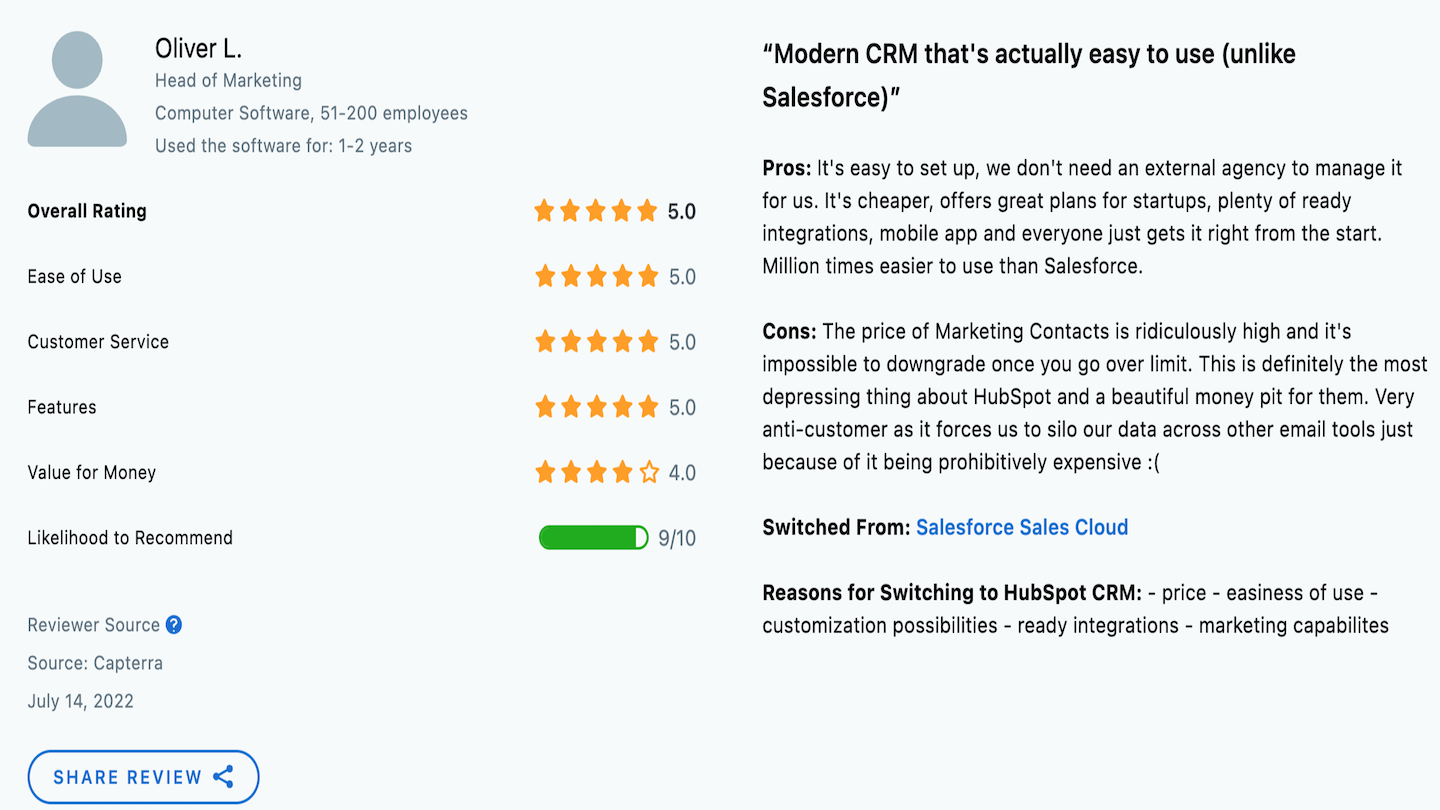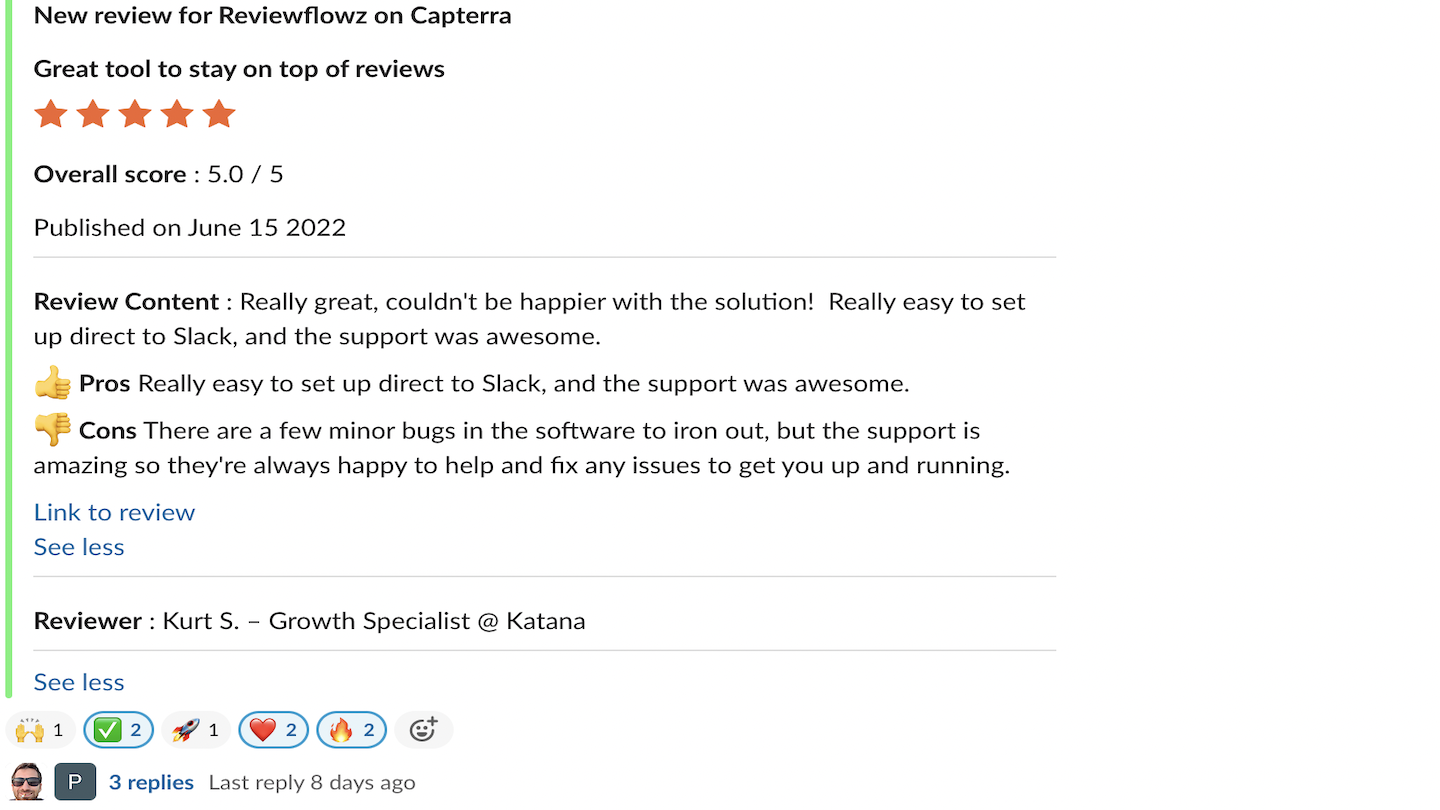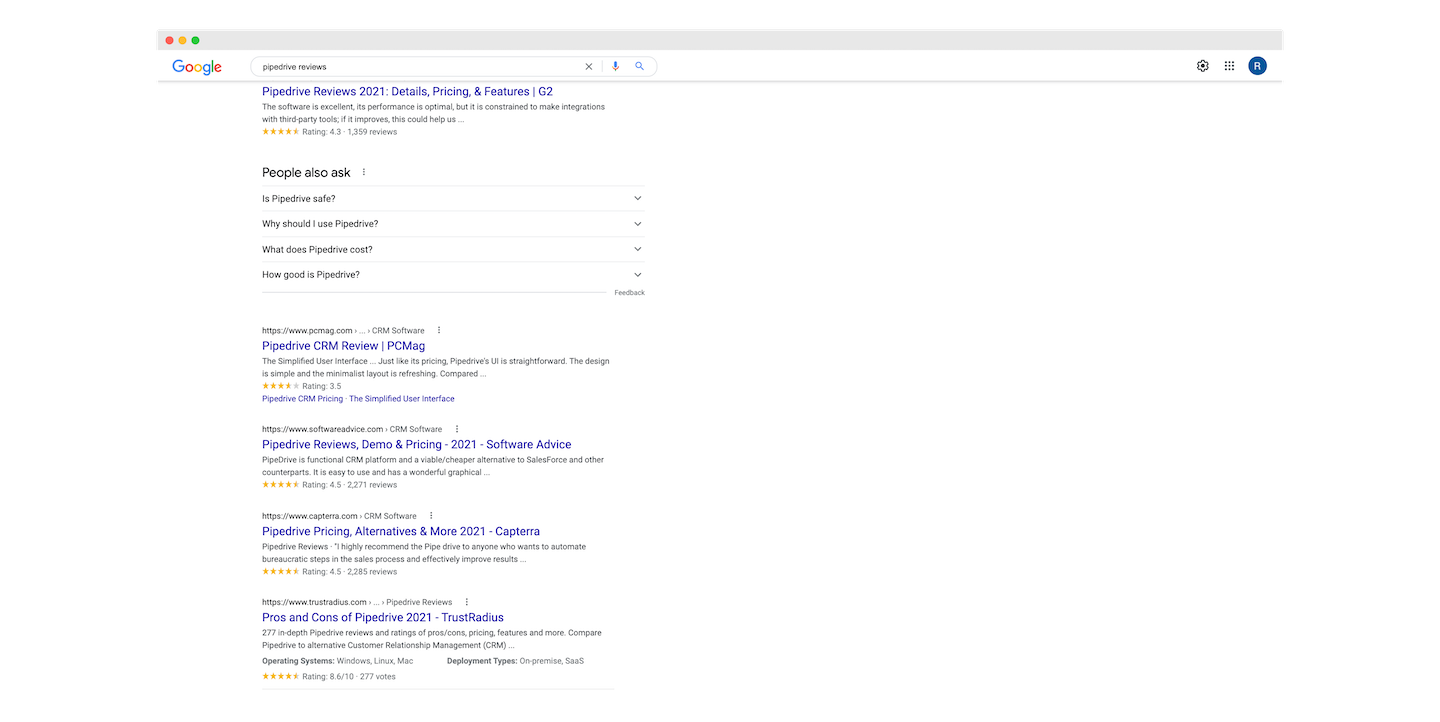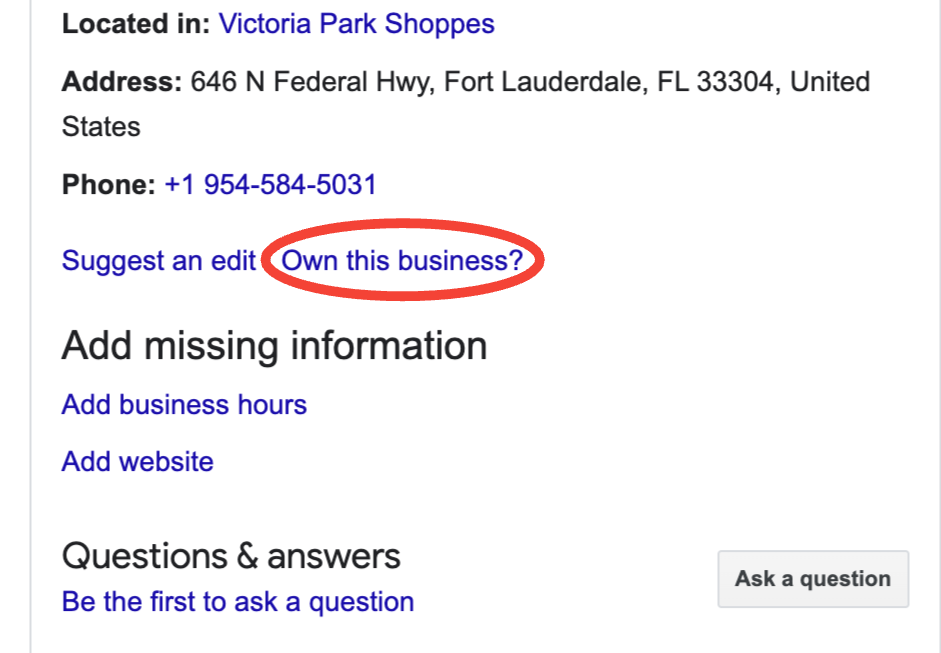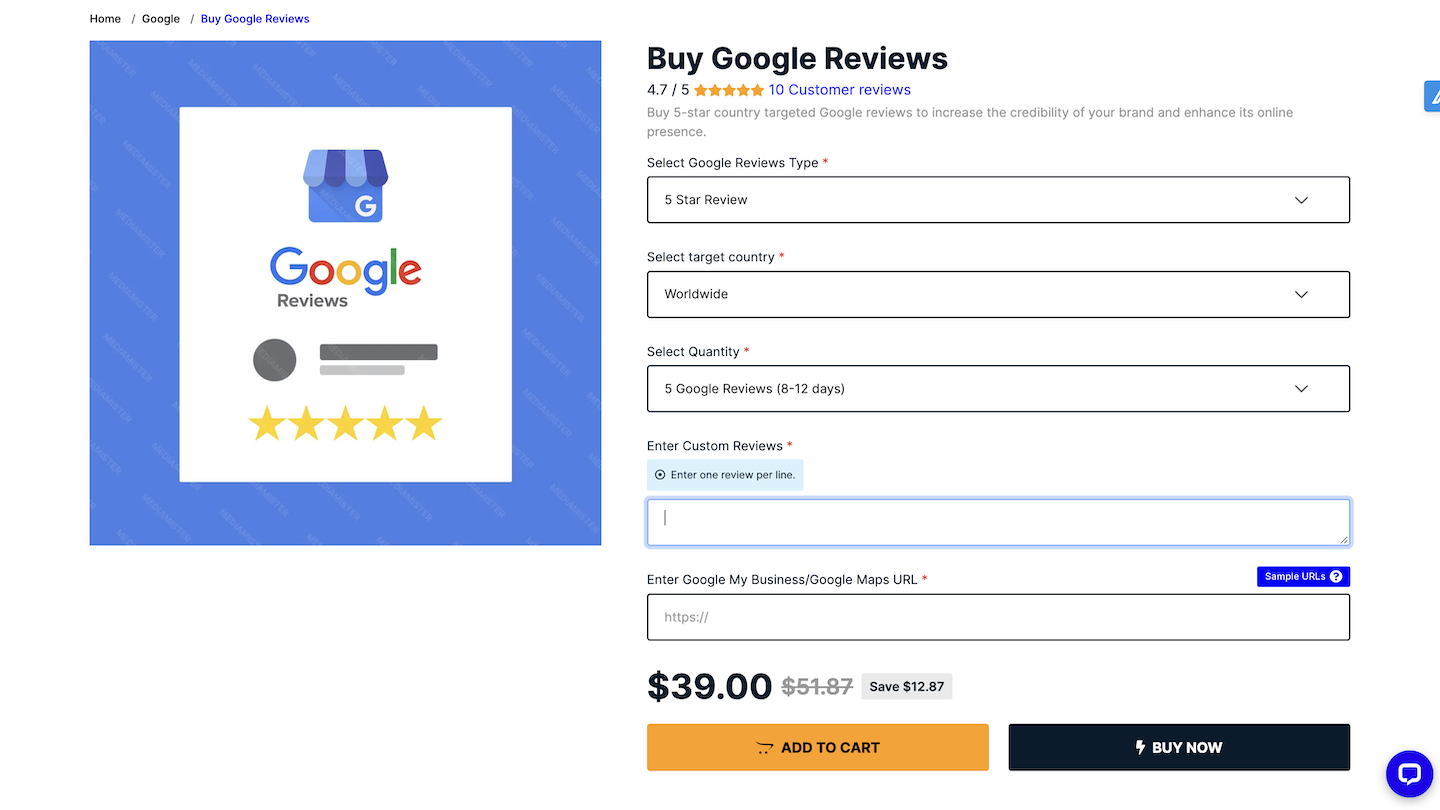Top 10 Review Management Mistakes You Have to Avoid at all Costs
With a simple search, you will find a ton of information about online reputation and review management. Most of this information is from people who are advertising their own services and hardly know what they’re doing.
Many review management “experts” suggest lots of tips and tricks that are, at best, a waste of time and, at worst, malicious and detrimental to your business.
Proper review management is all about listening to customers, fixing issues, and communicating consistently.
Here’s our top 10 review management mistakes and how to fix them.
#1 Trying to save time in replying to customers
Don’t use templates.
A number of review management tools offer templates that supposedly make replying to reviews easier and faster. Avoid these at all costs.
Reading through a review and taking the time to write a personalized reply doesn’t take more than 10 minutes. The small amount of time it takes to respond personally will result in more satisfied customers who will refer your product to others.
Using the same template to reply to all reviews looks spammy and disingenuous, even if that auto-response comes from the heart. Simply switching up the wording and actually writing a response instead of copying and pasting goes a long way.
There’s this conception in many teams, especially in the brick & mortar world, that it is absolutely fundamental to reply to every review. It is most definitely not at all. That’s ridiculous, how could you be expected to do that?
The only reason this became a thing was because social media managers & online reputation agencies needed to make a buck and justify their existence.
There is no such thing as too little communication. And nothing worse than poor communication
Here’s an example of an ineffective template:
Hi [NAME],
Sorry to hear your experience was less than 5-stars. If you’re open to discussing your experience further, please call/email us at 888-888-8888/email@brand.com.
And here’s an example of a review profile with a bunch of identical review responses. It’s just a very bad look:
You can find many of these generic templates all over the internet. But why use these when you can develop a better, personalized response that will boost customer satisfaction?
It’s crucial to personalize responses to negative reviews. Writing a general reply to a review and hoping for the best is not enough. Negative feedback is an important opportunity to look into what went wrong and fix the problem.
You should never lose sight of what the ultimate objective of an answer is.
If it’s about making whoever reviewed you happy, a lame templated answer won’t do it.
If it’s about replying to a bad review and convincing others that the customer is being unreasonable, you’ll very likely make things worse, and a templated answer would be the ultimate “I don’t care” statement.
And if it’s about showing you’re proactive, you should probably realize that most people read the 10 “Most Relevant” reviews, on any platform. Whatever is most relevant is what has the most comments and upvotes. If you’re replying the same thing to every review, you’re effectively making every review as relevant as the others. That really isn’t all that smart when it’s so easy to be in control of what reviews will be shown to most visitors.
A personal reply from a business can prompt a dissatisfied customer to call, resolve the issue, and update their review. It’s also good for optics. By taking the time to respond and resolve issues, you’re showing potential and returning customers that you care and are proactive.
#2 Ignoring positive reviews
Responding to positive reviews is a wonderful way to connect with your customers and increase positive perception. But replying to each and every review you receive with a generic message is a massive waste of time and has little value creation.
Reply to reviews when relevant, with relevance.
It’s a good idea to respond when there’s an opportunity to address an issue, even if it’s a 5-star rating.
If a positive review mentions a lacking feature or areas of improvement, it’s an opportunity to respond with how you plan to fix the issue. This shows you’re in good faith and care about providing great customer service.
Review sites like Capterra provide a “cons” section where reviewers can point out issues, even on products they love.
For example, the Hubspot CRM review above is a 5-star review but still points out expensive add-ons and a lack of downgrade options. Reviews like this should be addressed even though there’s no scope for the user to increase their overall rating.
Be as precise and accurate in your answer as you can be. This is because our vision is this and that, and I agree with you that we underdelivered on this aspect but we’re working on this and that improvement and it should help with this, which I think will make the whole XYZ experience a lot better. Obviously, this all needs to be true, and checked with the product team.
A great way to get these conversations going internally, and reply with as much detail as you can is to drop every review in Slack. It becomes that easy to tag the product squad PM or CS agent who’s an expert on that topic, and because the question initially comes from a customer, everyone will go out of their way to help.
#3 Automating too much
Integrating automation into review management doesn’t add a lot of value. Overall, review volume is low, even for large-scale businesses. Customers aren’t typically very vocal, so it’s essential to leverage the engagement you get and take it seriously.
HubSpot CRM is one of the most used CRMs in the world, but it only received 32 reviews on Capterra in the last month. Assuming you’d spend 30 seconds to read one review, you’d be looking at 16 minutes per month. That’s less than one minute per day. Surely anyone can spend one minute per day to understand their customers?
At the time of writing this, HubSpot CRM only has a little over 3,400 reviews on the platform in total.
Salesforce, the top leader in the CRM space, only has 17,000 all-time reviews on Capterra.
It just doesn’t make sense to use automation.
If review volume is this low for industry leaders like HubSpot and Salesforce, 99% of other, smaller players will get even fewer reviews in the same amount of time. There is no need to incorporate automation into review management efforts. No AI algorithm can come up with a good model when the volume of reviews is so low, and even if they could, they wouldn’t be helping anyone.
#4 Forgetting to share & celebrate
Sharing and celebrating positive reviews internally boosts team morale and fosters a sense of customer care within an organization.
Sharing what customers are saying, whether positive or negative, can be a big motivator for employee performance. It also fosters an environment that is open to improvement and learning.
You can use ReviewFlowz to get notifications on shared Slack channels so everyone on your team can see and celebrate the reviews they receive.
#5 Not incentivizing
Many people think incentivizing customers to leave reviews is unethical or against the policies of review platforms. This is not true.
Sites like Capterra and G2 actually incentivize their users to leave reviews themselves. Capterra gives out $10 Amazon gift cards to people who leave reviews on products that they use. Incentives like this drive more reviews and ratings while providing businesses valuable feedback.
Giving a small gift to people who have knowingly used and even paid for your product is not unethical or engaging in “buying” reviews. It’s just rewarding customers for the time they take out of their day to give honest feedback.
However, there are some ways incentivizing can be unethical.
Soliciting only 5-star reviews in exchange for a reward is highly unethical. Some marketers will offer incentives for leaving reviews but will only target people who have left positive reviews on other platforms.
Skewing incentives towards people guaranteed to leave a 5-star review is more “pay-to-play” than honest review generation. It’s a fine line, as intensely discussed here, but make sure incentives motivate a diverse pool of customers, not just those you know already love you.
#6 Not being consistent
Here’s one of the basic tenets of review management 101: Marketing is all about repetition.
When potential customers search for your business, you want them to see and hear the same things about you on several different platforms. Inconsistent messaging and branding will drive leads away.
Consistency is key.
Leverage your reviews to create consistent messaging across platforms. When it comes to SERPs, use social proof, testimonials, and review quotes to your advantage so that people see what you want them to see on the first page of Google.
Consistency will also create brand loyalty. Creating content on a regular schedule makes your business recognizable and top-of-mind. A steady generation of reviews and UGC will build social proof and customer trust.
#7 Not being in control of your listings
You can’t control everything said about your business or product on review sites and social media. That doesn’t mean your online reputation is entirely out of your hands.
Have a review management strategy in place so that your reputation doesn’t get out of hand. It’s impossible to monitor every time someone mentions you on the internet, so prioritize the most impactful channels that shape your reputation.
Unclaimed listings on review platforms signal that a business does not have a review management strategy in place. If business listings are unclaimed on major platforms, there’s no way to reply to reviews, control the narrative, or impact business reputation.
#8 Posting fake reviews
Posting or soliciting fake reviews is bad for business. It can harm your overall rating, decimate search rankings, and even ban you from major review platforms. Online review statistics indicate that consumers are clued into fake reviews as well.
Getting reviews is important, but it should be done carefully and organically through review generation efforts. Reviews purchased from shady websites are so easy to spot and usually get removed by review platforms.
Sites that sell fake 5-star reviews are a dime a dozen, and it can be tempting to want to try this hack out. Always resist the urge. It’s not worth it.
Some business owners even leave negative reviews for their competitors in an effort to boost themselves. Trying to ruin someone else’s reputation can ruin your own, so don’t do this. It’s highly unethical and can get you in a lot of trouble.
#9 Blasting instead of building a consistent review flow
Platforms massively overvalue review recency. Blasting a ton of reviews to platforms like G2 and Capterra every three months means your most recent reviews are at least 1.5 months old, 50% of the time. This is detrimental.
We won’t go into the maths of it here, but you have an artificial glass ceiling to your positions on pretty much every platform when you do a review dump.
Create a consistent flow of reviews to platforms to maintain recency and build customer trust.
Since review recency is king on top platforms, newer reviews are given extra weight in your overall rating.
So, keep your review generation consistent. It takes more time, but it’s worth it in the long run.
#10 Reinventing the wheel
Thought leaders constantly churn out pieces proclaiming email is dead and SMS is the sexy new thing in review generation.
Or that in-app surveys are an absolute must-have.
Or that you should build a highly complex segment of NPS promoters that used a specific feature more than X days ago but haven’t done XYZ action.
Keep it simple.
There is plenty of information already out there about review generation strategies that actually work. Email segmentation is one of them.
The trick is to send your email outreach campaign to the right segment of customers at the right time. Don’t blast your whole email list with a general review solicitation. It’s all about the perfect combination of segmentation, message, and CTA.
Segmentation is proven to work when you scale from the smallest group most likely to review to the largest, least likely to review:
- NPS promoters
- Satisfied customers after closing a ticket
- Active users who complete a specific action
- Specific demographics (ie WordPress plugin users)
- Customers who have not yet responded
We have a collection of tried and true review email templates that will generate high-quality customer feedback when incorporated into your review generation strategy.
Don’t reinvent the wheel when others out there have already laid the groundwork.


